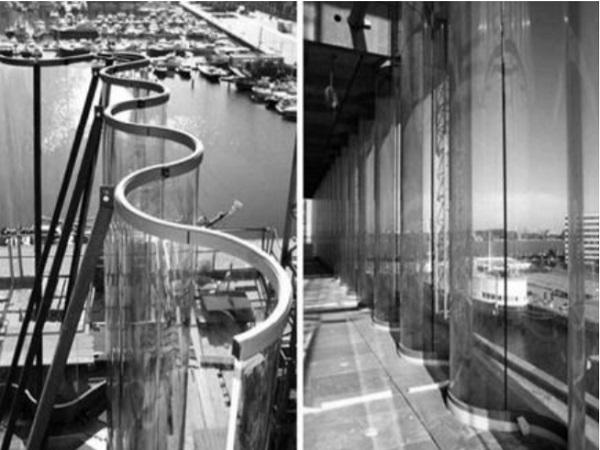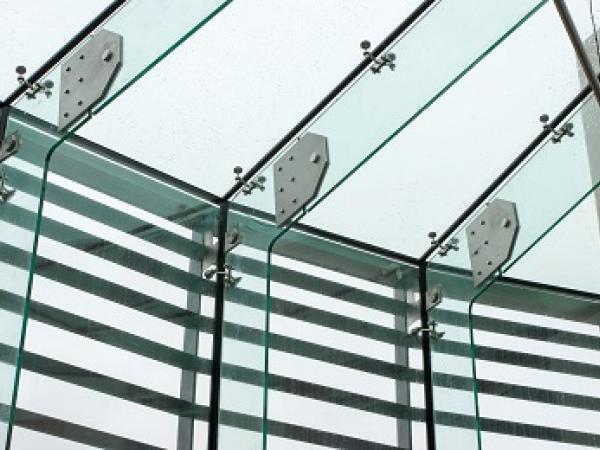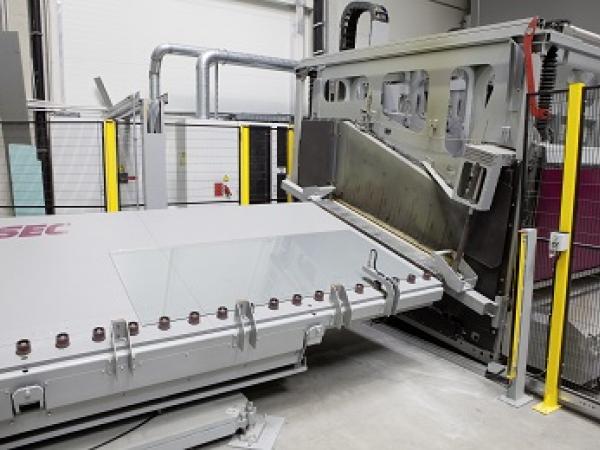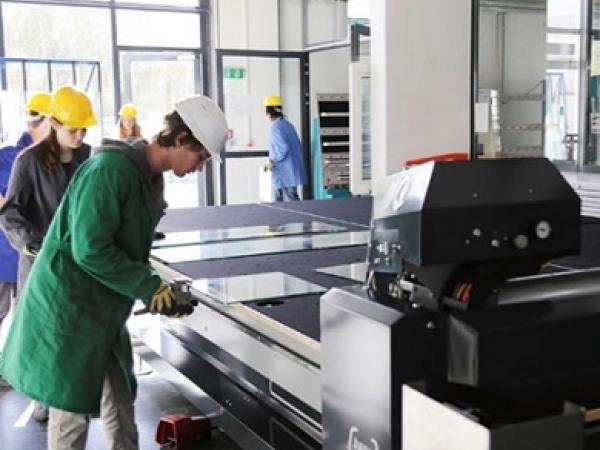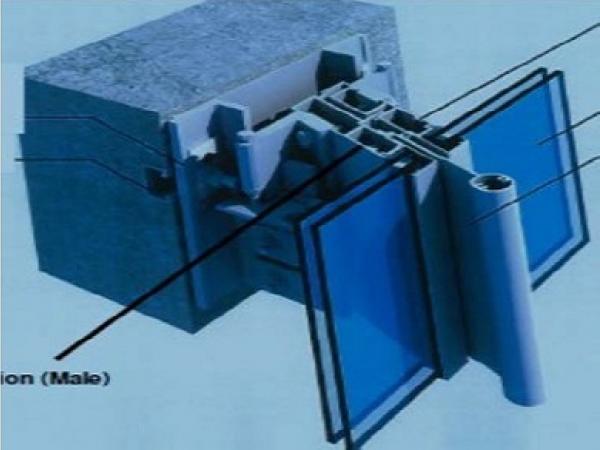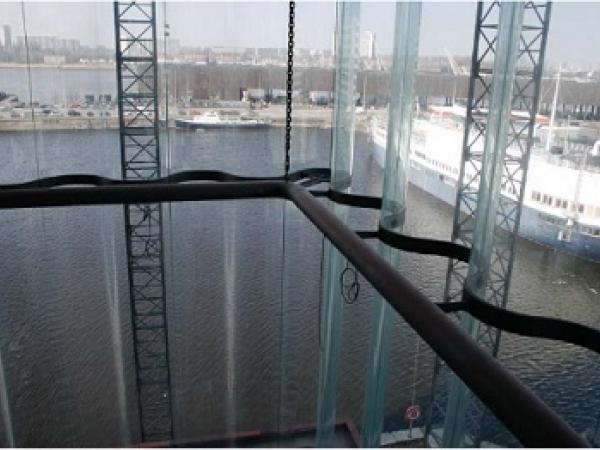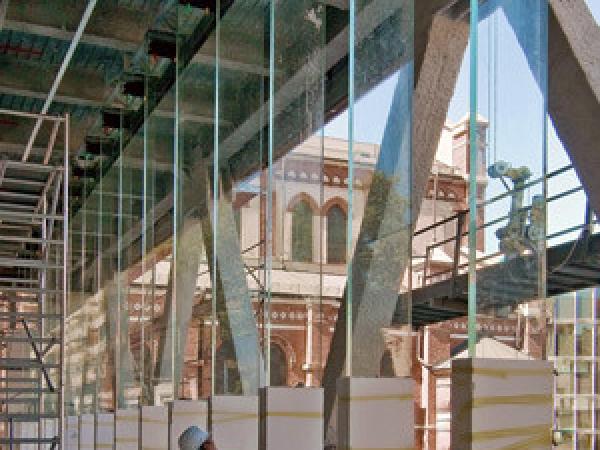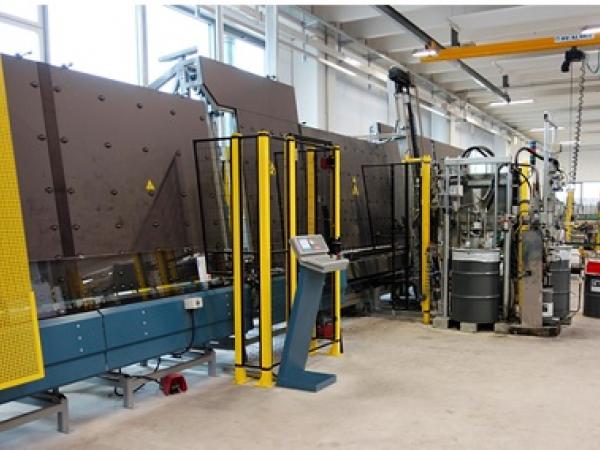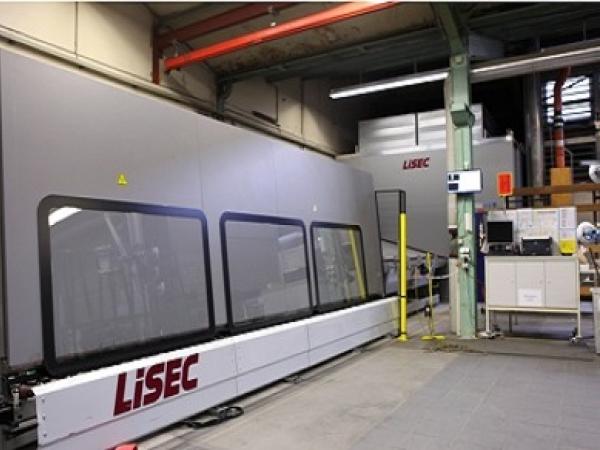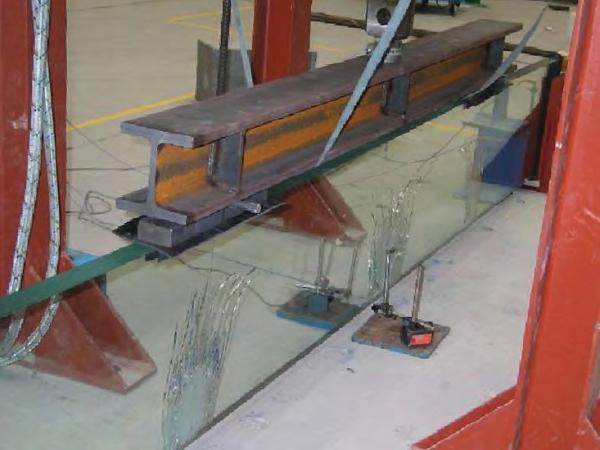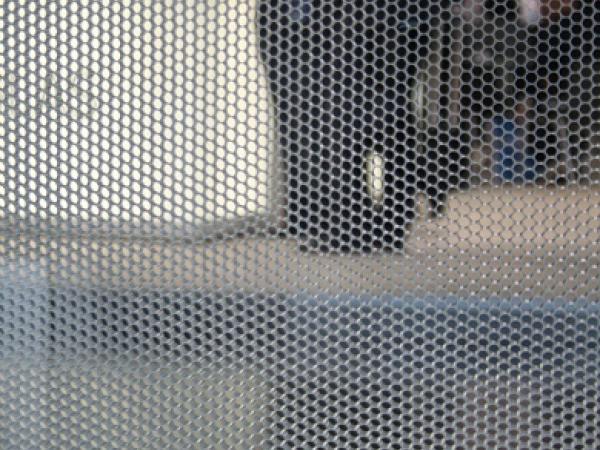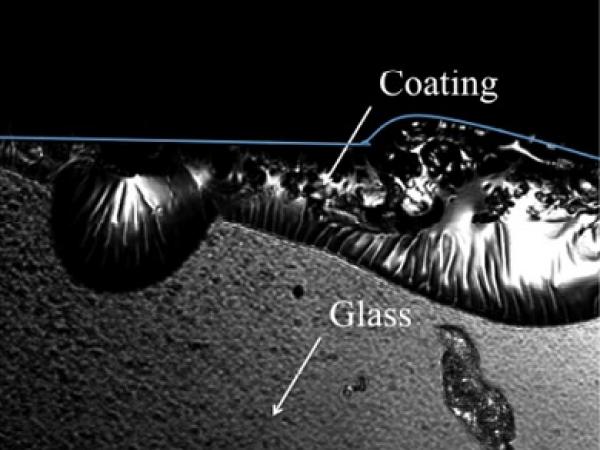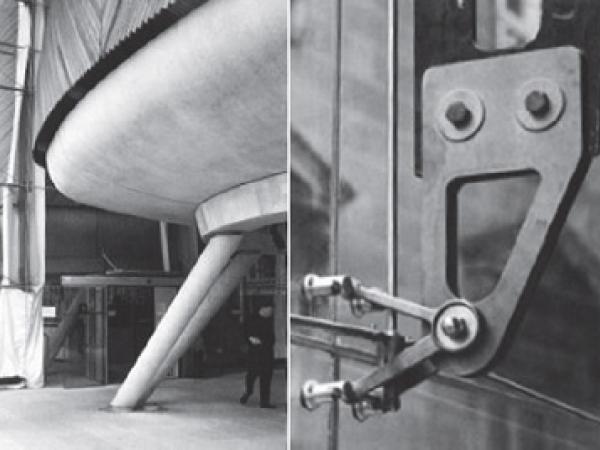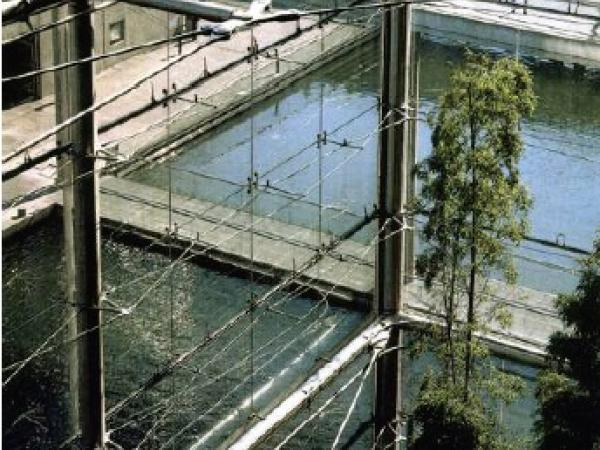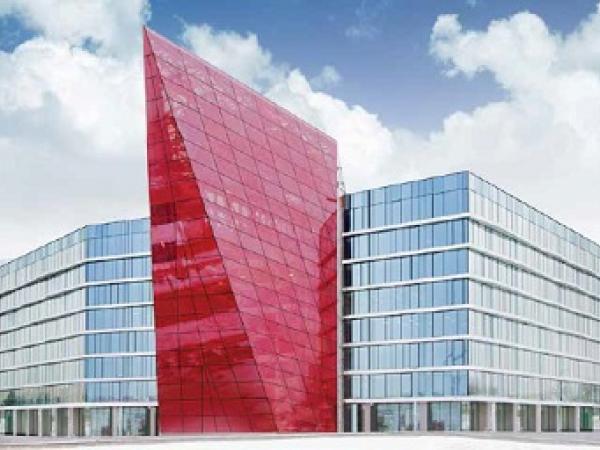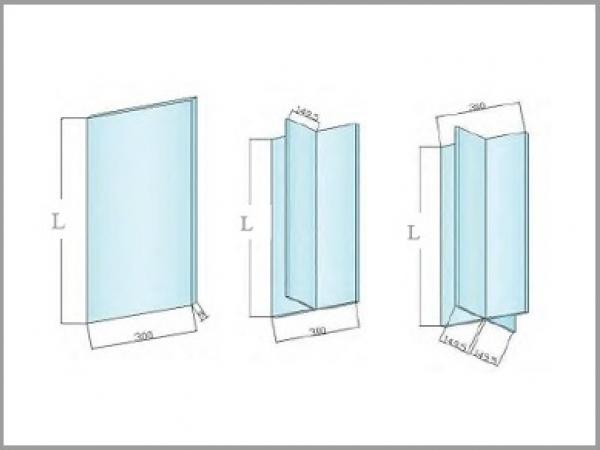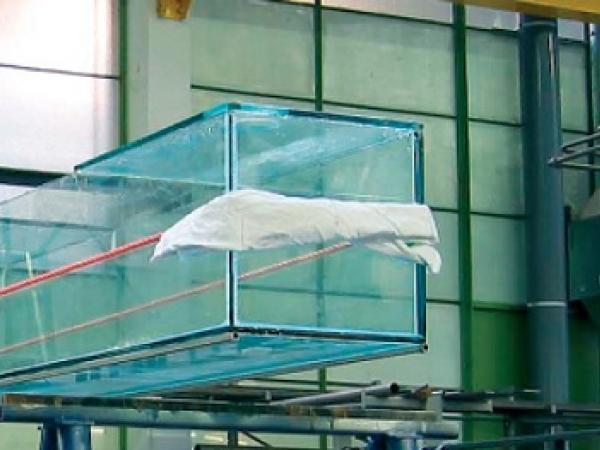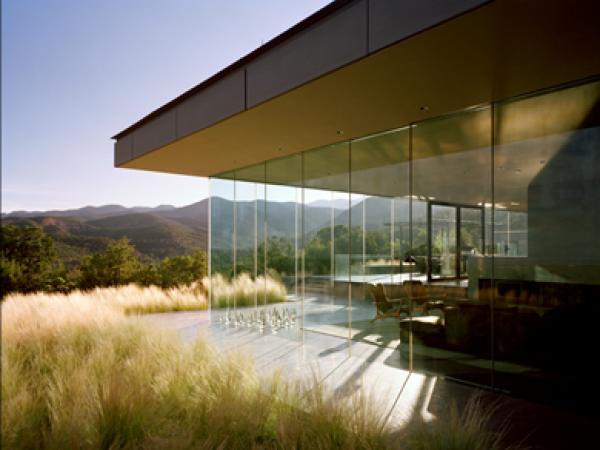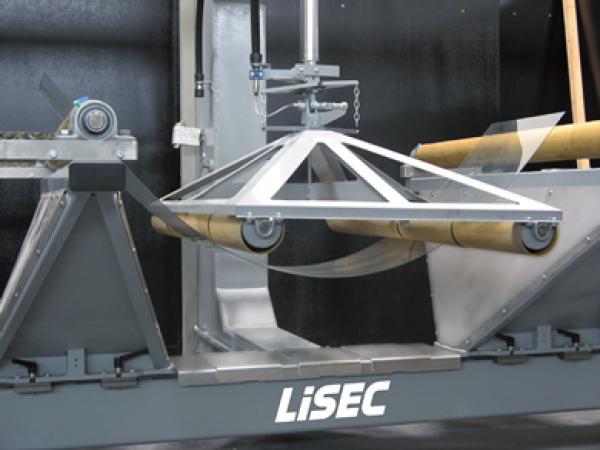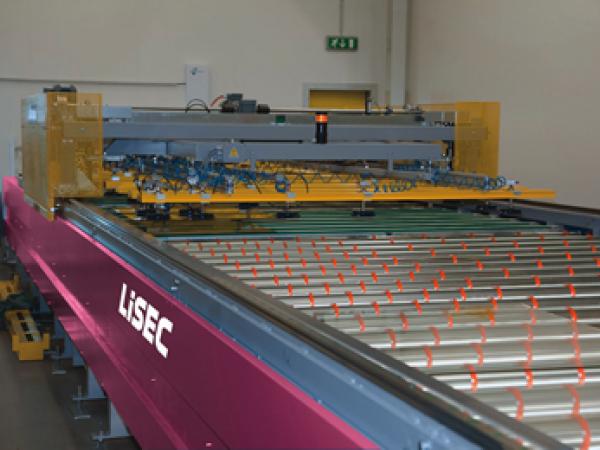Others also read
| Cost cutting, it is often said, is difficult in glass production and processing as this sector is characterised by manual processes.
| When the visual presence of materials decreases, the maximal transparency creates astounding beauty. In order to enhance transparency, clearer and lighter structures should be used.
| Today’s functional buildings tend to have shapes that go much further than pure expediency, and glass is therefore used more and more frequently as a structural support element.
| In August 2013, the LiSEC development team started a major project with the mission: redesign of the tempering furnaces in order to save manufacturing costs and at the same time increase the process reliability. Result: the AEROFLAT.
| Internorm is the market leader in Austria as a manufacturer of high-quality window systems and doors and the leading window brand in Europe.
| Since September 2015, the HTL (Polytechnic Glass) Kramsach in Tyrol is using a LiSEC cutting table „base CUT“ for the education of the students.
| Today lightness and transparency are properties that both architects and clients try to obtain. This has rapidly increased the use of glass in facades.
| Thanks to the laminating and toughening of glass panels, we are able to make strong, safe and resilient structures out of glass.
| There's a company in the heart of Bucharest that plays a leading role in Romania's glass processing industry. "Spectrum Inovativ & Industries SRL" was founded in 1991, first as an agent for a foil manufacturer.
| FINSTRAL is a company group with its headquarters in Bolzano (IT) and occupies a successful niche in developing high quality doors and windows, as well as glass fittings.
| The Flachglas Group employs around 1,100 employees at three sites in Switzerland and three sites in Germany – around 650 of them generate revenues of approx. € 70 million at the Wernberg site (Bavaria).
| Although the standard glass design strategy is redundancy, we pursue a safer way to ensure the robustness of transparent glass beam structures.
| High-performance functional glazing has a significant impact on the energy efficiency of buildings and their level of usability or life quality. Experts agree that increased demands will lead to improved functionality of the glass products used in facades.
| In modern buildings, glass is increasingly used as a load-carrying material in structural components, such as glass beams. For glass beams especially the edge strength of glass is important.
| Despite the increasing research activity on structural use of glass in the past years, there is still a lack of comprehensive design codes and standards linked to real-life applications on a structural level. However, more and more ambitious buildings and structures are built every year.
| This paper intends to present how applications of structural glass systems have evolved in HDA’s projects since the author’s intial work at La Villette with Peter Rice and RFR.
| The new HQ for the Belarusian Potash Company (BPC) is a staggering example of glazing being deployed to maximise light and colour.
| A series of four-point bending tests were carried out on monolithic and laminated panels in order to evaluate the ultimate tensile stress of the glass considered and the effective level of connection between the glass foils.
| The article presents an overview of research and applications of glass as structural material, cooperating with other materials: steel, timber, glass or carbon fibre composites.
| The canopies are a composite construction between both steel and glass, leaving no element without stress or structural function.
| The following approach describes a new encapsulation technology for glass-glass-modules using tempered thin glass as front and back sheets.
| At this year's GPD in Finland LiSEC was represented by two lecturers.
| The most recent technical development from LiSEC is that of a brand-new laminating tunnel, which was installed at one of its Italian clients’ plants late in 2010.


